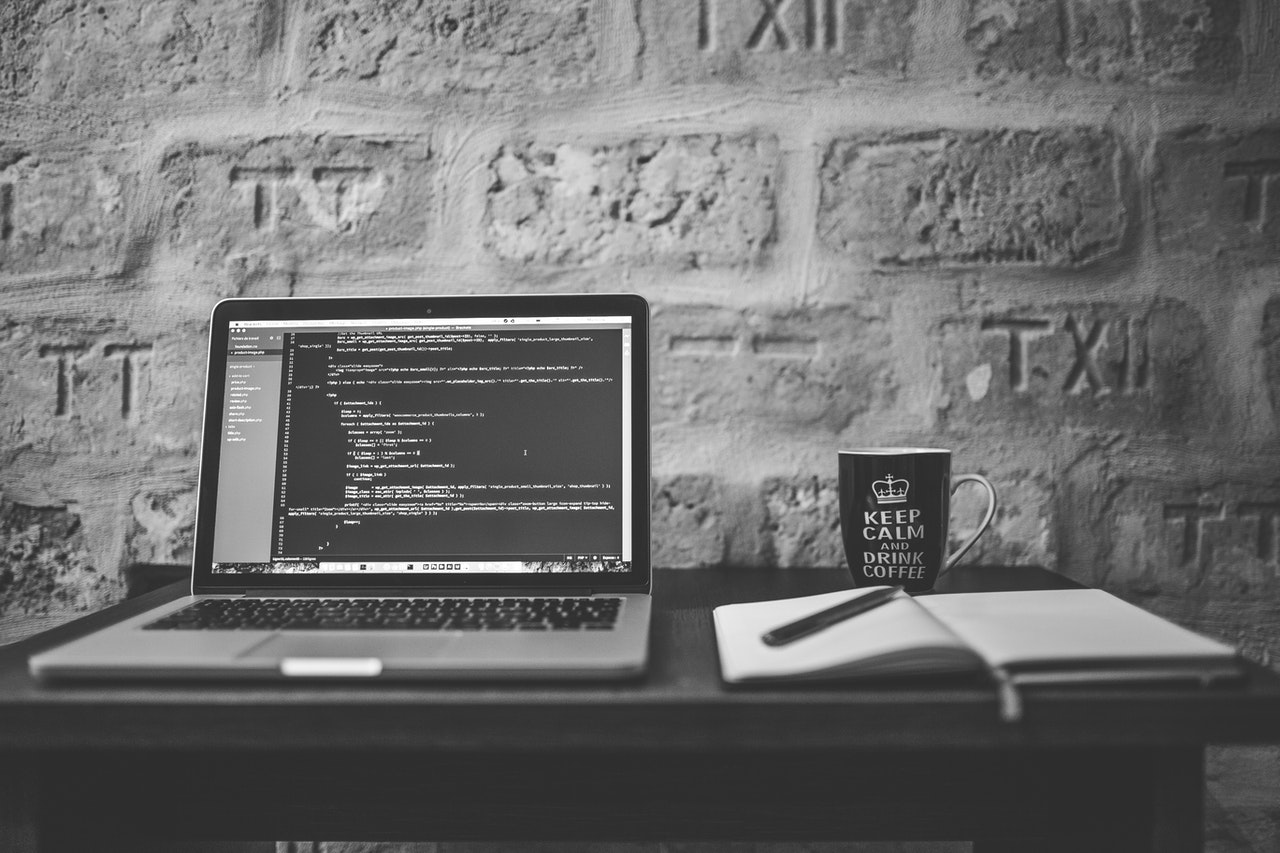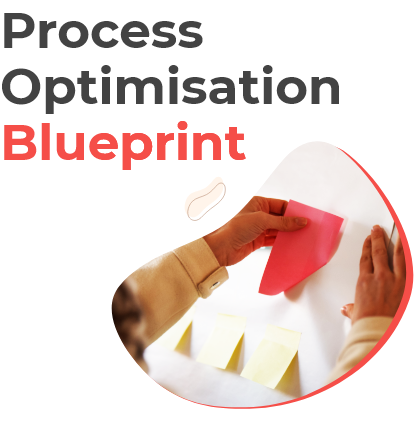What the world’s largest work from home experiment has taught us

The world’s largest work from home experiment is ongoing for so many employees around the world. Even workplaces that can re-open are choosing not to or giving their staff the choice about where they would prefer to work. (In fact, we at Boombirds are looking to adopt this option ourselves). A hybrid approach seems to be a happy medium for most companies to balance the physical distancing requirements, the health and safety considerations as well as the desire for the employee to remain working from home for family and lifestyle reasons.
And the results are in…
People are generally more productive when working from home!
This has no doubt astounded the naysayers who predicted deadlines would be missed, project milestones would be stretched, and employees would be sitting around watching TV in their pyjamas all day.
In fact, this couldn’t be further from the truth.
70 percent believed their productivity at home was the same or even higher than in the office.
While this positive productivity outcome is welcome, without the obvious in-office visibility there have been new challenges to face.
Leaders we talk to are worried about things like:
How can you be sure that your team know who will be performing which tasks?
How can you avoid duplication of efforts while working from home?
How will less productive members of the team cope with these new demands?
Will they fall through the cracks?
What will the impact of all this have on our service levels?
Who will take ownership of all this new activity?
There are also implications for organisations who are having to work with a reduced workforce; employees who remain are being asked to do more, and varying tasks, but they might not be equipped to handle this influx of demands.
We find that for most organisations, the majority of employees want to do their best, but often they don’t have the right tools to carry out their job properly. Or worse still, they don’t actually know what is expected of them. And they feel lost. So, they either start working on things just to look productive, or they don’t do anything for fear of doing it wrong.
Neither of these outcomes is optimal for today’s business world, or tomorrow’s.
Business operations need to be effective, quick and efficient and the best way to achieve this is to ensure:
1. Everyone is on the same page (or dashboard) to know exactly what they need to be doing.
2. The leader or manager can quickly re allocate tasks based on urgency, priorities and employee strengths.
3. Remote employees are working at optimal levels with the tools they need to accomplish their tasks.
4. Work is not duplicated unnecessarily or left unattended.
5. A ‘business as usual’ state – as far as possible – is achieved to ensure your business will withstand the challenges.
Even before the pandemic, and the need to adapt to a work from home culture, my team at Boombirds have relied on effective task allocation to get the job done. And now, we are really seeing how beneficial this has been to our levels of productivity, efficiency and engagement (with each other and with our customers).
We also recognise that business will never be the same again, and the remote work requirements that have been forced upon us right now, will likely change how we do business forever.
Are you tired of…Messy, manual processes that can't be scaled?
We work with operations leaders looking to digitally transform their manual back-office processes and procedures.
We combine your existing business processes with our software, plus decades of enterprise process re-engineering and change management experience to quickly scale and see the results you are looking for.





